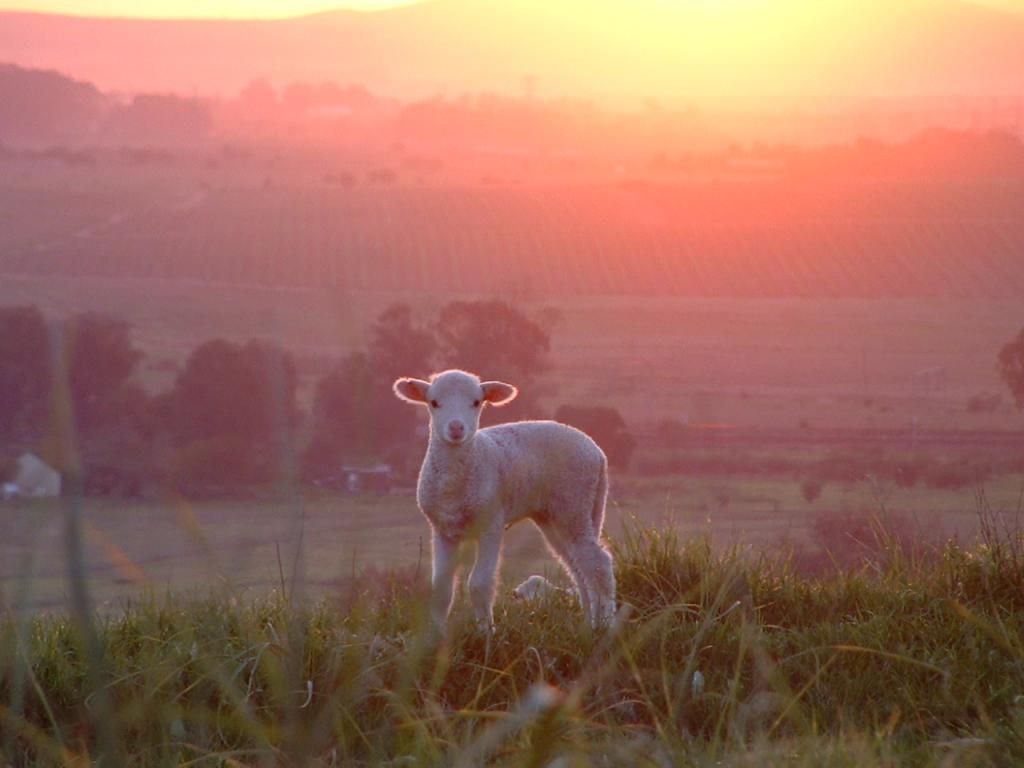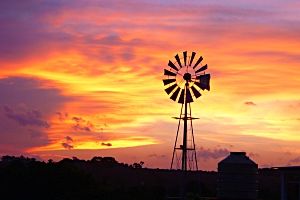Port
Elizabeth – Exceptional demand at the recent sale resulted in a new record high
in wool prices and the Cape Wools Merino indicator gained 8,5% to close at R132, 02/kg
(clean). This is 18 ,3% higher compared to the opening sale of this season and 13,4%
higher compared to the corresponding sale of the previous season. In the
Australian market, the indicator increased by 7,6%. The Cape Wools All-Wool
Indicator gained 10,2%.
Limited
supply of long, good quality Merino wool and strong demand from the Chinese and
Indian markets drove wool prices to the record high. Local traders noted that
some clients
The
Rand on the day traded 0,8% weaker at R11, 94 against the US dollar, compared
with last week’s average rate, and weakened 3,3% against the Euro at R13, 46.
The offering comprised of 8 829 bales, of which 99% was sold. Major traders
were Standard Wool SA (2 968), G Modiano SA (2 386) and Lempriere SA (2 270).
The weekly price monitor sample, limited to AWEX
type MF5, 70-80mm, VM<=2% wool only, experienced an average price movement
as follows: 18
The
next sale is sche duled for 27 May where approximately 8 000 bales will be on
offer..




























